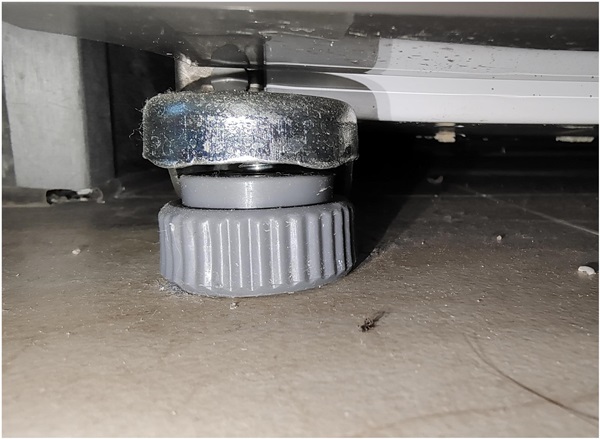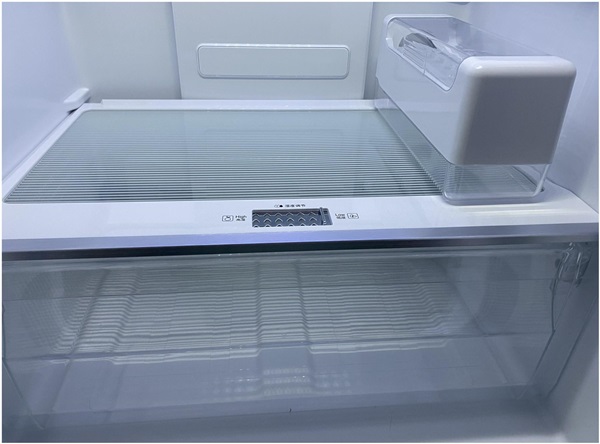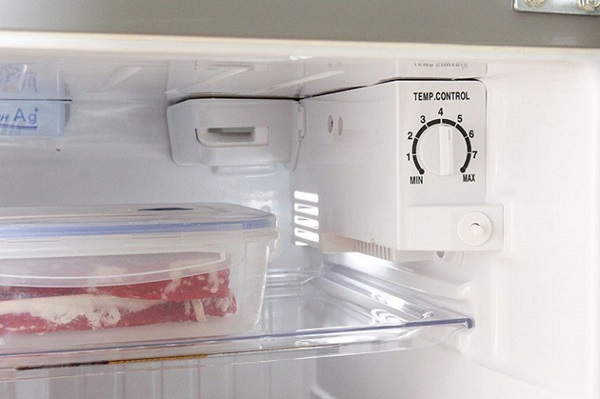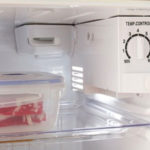Install on a Stable, Level Surface
Place the refrigerator in its intended location. Built-in refrigerators are often installed in tight spaces, so remember to tape down the power cord before pushing the fridge into its final position. Once in place, adjust the leveling legs until the fridge is perfectly balanced from side to side. The front and back should be level, or the front can be slightly higher.
To fine-tune the leveling, place a cup of water on top of the refrigerator and adjust the legs until the water is level.

Do Not Turn On the Refrigerator for 24 Hours
After installation, do not turn on the refrigerator. Let it stand undisturbed for 24 hours. This is because the refrigerator’s lubricating oil may have drained out of the compressor during transport. We need to wait for the oil to return to the compressor before turning it on to avoid potential damage.
This precaution is often mentioned in the user manual and on the refrigerator’s packaging. Typically, the packaging advises against tilting the refrigerator beyond 45 degrees during transport.

According to experts, the time it takes for the compressor to recover the oil varies with temperature. Generally, when the room temperature is below 10°C, we should wait for 24 hours. If it’s summer and the temperature is above 30°C, 8 to 12 hours of waiting time is sufficient. This is a conservative estimate, and it’s always better to be safe than sorry when it comes to appliance safety.
After the First Cut-Off, the Refrigerator Can Be Used Normally
After 24 hours, we can plug in the refrigerator, but we’re still not ready to use it. Once it’s plugged in, we need to wait for the refrigerator to cut off power for the first time. After this initial cut-off, the refrigerator can be used normally.
The first cut-off usually takes about 8 hours in winter and up to 12 hours in summer after plugging in the refrigerator.

When a refrigerator is first plugged in, it takes a while to cool down. During this time, the compressor generates heat, which increases power consumption and wear and tear. It’s best to avoid putting food in the refrigerator too soon, as this will reduce its workload. Experts recommend waiting until the refrigerator is sufficiently cool before adding food.
By Minh Minh – Vietnamnet
Is Refrigerated Leftovers Linked to an Increased Risk of Cancer?
Dr. Lam Van Man, Head of Research, Development and Technology Transfer Department of the Institute of Safety Food, has warned of the risk of food poisoning when reheating leftovers from the refrigerator. But what should we be aware of when it comes to the possibility of these leftovers causing cancer? Here, we explore what the experts have to say on the matter and offer some tips for safe eating.







































